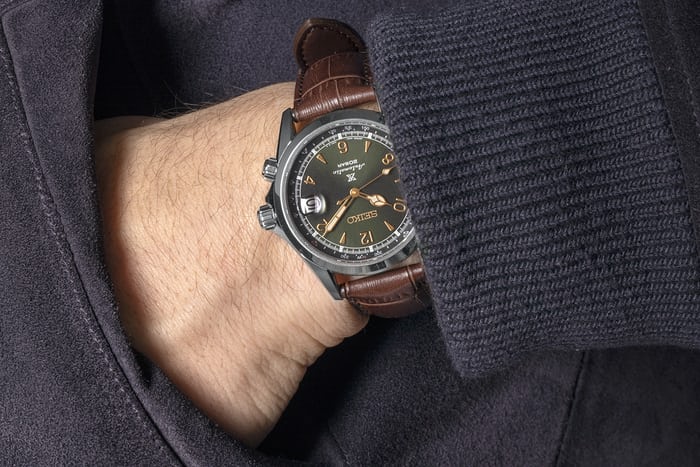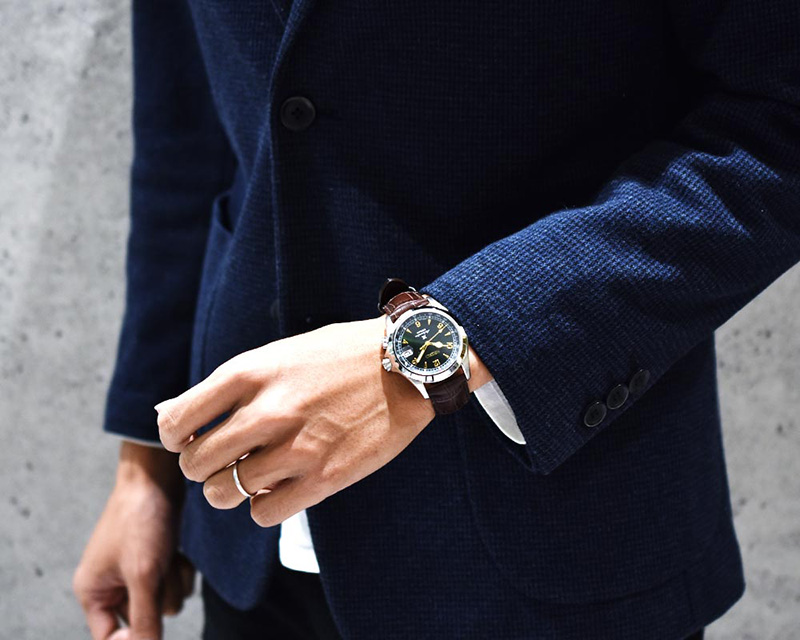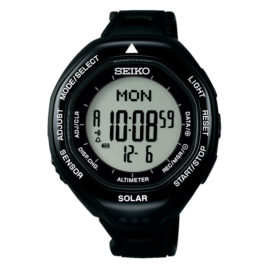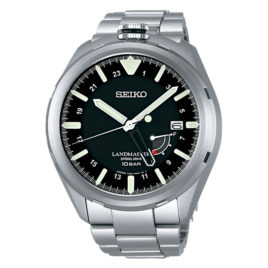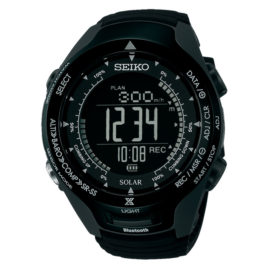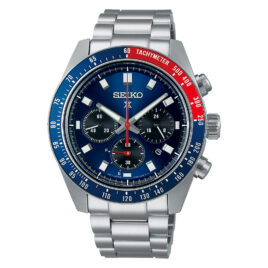Description
SEIKO Prospex SPB121J1 Specifications :
| Feature |
| ||
|---|---|---|---|
| Driving system | Automatic with manual winding capacity | ||
| Caliber Number | 6R35 | ||
| Case material | Stainless steel | ||
| Case back | Transparent | ||
| Band type | Strap | ||
| Band material | Calfskin leather | ||
| Band color | Dark brown | ||
| Band width | 20 mm | ||
| Clasp | Push button with buckle | ||
| Dial color | Dark green sunray | ||
| Glass material | Sapphire crystal with anti-reflective coating on inner surface and magnifier | ||
| Hands | Luminous white and gold tone (hour, minute, second) | ||
| Dial markers | Gold tone wedge shape with arabic number at 2, 4, 6, 8, 10 and 12 o’clock position | ||
| Second markers | Minutes markers around the outer rim | ||
| Lumi Brite | Hands and indexes | ||
| Bezel | Fixed silver stainless steel with rotating compass markers around the inner rim | ||
| Crown | Screw down | ||
| Calendar | Date display at the 3 o’clock position | ||
| Function | Date, hour, minute, second, stop second hand | ||
| Accuracy | -15 to +25 seconds per day | ||
| Drive duration | Power reserve: approximately 70 hours | ||
| Water resistance | 20 bar water resistance | ||
| Size | Diameter : 39.5 mm x Length : 46.4 mm x Thickness : 13.2 mm | ||
| Maximum wrist size | 19.5 cm | ||
| Weight | 89 g |
SEIKO Prospex SPB121J1 Features :
- Date display
- Rotating compass inner ring
- Screw case back
- Screw-down crown
- See-through case back
- 24 jewels
- Stop second hand function
History of Seiko
The company was founded in 1881, when Kintarō Hattori opened a watch and jewerly shop called “K. Hattori” (服部時計店 Hattori Tokeiten) in the Ginza area of Tokyo, Japan. Eleven years later, in 1892, he began to produce clocks under the name Seikosha, meaning roughly “House of Exquisite Workmanship”.
The first watches produced under the Seiko brand appeared in 1924. In 1969, Seiko introduced the Astron, the world’s first production quartz watch, it cost the same as a medium-sized car. Seiko later went on to introduce the first quartz chronograph.







